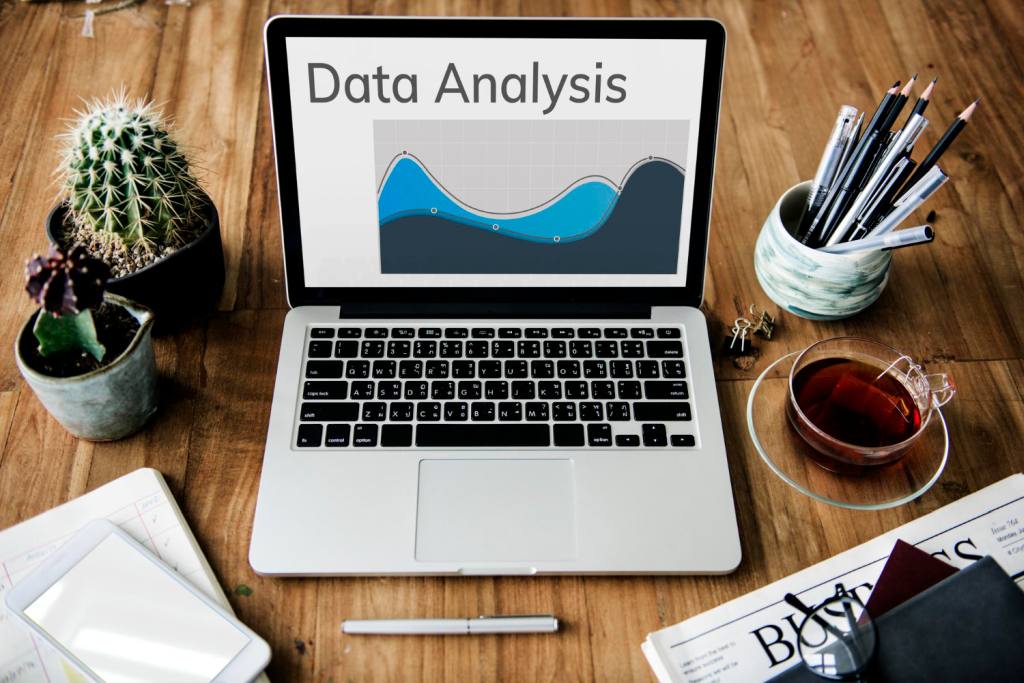The 6 Steps of a Data Analysis Process

Data is the new oil, and much like crude oil, it needs to be processed to derive value from it. Whether you’re a researcher, a data analyst, or a student, understanding the data analysis process is crucial for making informed decisions. This guide will walk you through the six essential steps of data analysis, offering practical tips and examples to help you refine your analytical skills.
Why Data Analysis Matters in Decision-Making
Business decisions, research outcomes, and academic insights all hinge on the quality of data analysis. Without a structured approach, the risk of misinterpreting data or drawing incorrect conclusions increases significantly. This is why mastering data analysis isn’t just beneficial; it’s necessary for anyone dealing with large amounts of data.
Accurate data analysis can help identify trends, make predictions, and provide actionable insights. For organizations, this can mean the difference between success and failure. For researchers and students, solid data analysis can lend credibility to your work and open doors to new opportunities.
In this guide, you’ll learn about the six key steps involved in the data analysis process, best practices, and tips for more effective analysis. By the end, you’ll be equipped with the knowledge to apply these principles in your work or studies.
The Six Key Steps in the Data Analysis Process
Before we break down each step, let’s get an overview of the entire process. The six key steps in data analysis are:
- Defining the Problem
- Collecting Data
- Cleaning and Organizing Data
- Analyzing Data
- Interpreting Results
- Presenting Results
Each of these steps is crucial in transforming raw data into meaningful insights. Now, let’s explore each one in detail.
Defining the Problem
The first step in the data analysis process is defining the problem. This sets the stage for your entire analysis and guides every subsequent step.
Start by clearly articulating the question you want to answer or the problem you need to solve. This might involve discussing with stakeholders to understand their needs and expectations. Ensure your question is specific and measurable.
For example, if you’re analyzing customer data, your problem might be, “Why is customer churn rate increasing?” A well-defined problem helps you stay focused and ensures that your analysis remains relevant and actionable.
Collecting Data
Once you’ve defined the problem, the next step is collecting data. This involves gathering the information you’ll need to answer your question or solve your problem.
Data can come from various sources, such as surveys, databases, APIs, and existing research. The key is to ensure that your data is reliable, relevant, and comprehensive.
For instance, if you’re studying customer behavior, you might collect data from customer surveys, transaction records, and website analytics. The more diverse your data sources, the more robust your analysis will be.

Cleaning and Organizing Data
Raw data is often messy and incomplete, making it difficult to analyze. Cleaning and organizing your data is crucial for obtaining accurate results.
Start by removing any duplicate entries and filling in missing values. Standardize formats for dates, numbers, and text to ensure consistency. This step may also involve transforming data into a more usable format, such as converting text to numerical values.
For example, if you’re analyzing survey responses, you might recode text answers into numerical categories. Cleaning and organizing your data ensures that your analysis is based on high-quality information.
Analyzing Data
With clean and organized data in hand, you’re ready to start analyzing. This step involves using statistical methods and tools to uncover patterns, relationships, and trends in your data.
Common techniques include descriptive statistics, regression analysis, and hypothesis testing. The choice of method depends on your research question and the nature of your data.
For instance, if you’re exploring customer churn, you might use logistic regression to identify factors contributing to churn. Data visualization tools like charts and graphs can also help make sense of complex data sets.
Interpreting Results
Analyzing data yields raw results, but interpreting those results provides the insights needed for decision-making. This step involves making sense of your findings and understanding their implications.
Consider how your results align with your initial question or hypothesis. Are there any surprising trends or outliers? What do these findings mean for your problem or decision-making process?
For example, if your analysis reveals that customer churn is highest among younger users, you might investigate further to understand why. Interpreting results helps you move from data to actionable insights.
Presenting Results
The final step in the data analysis process is presenting your results. Effective presentation ensures that your insights are understood and acted upon by stakeholders.
Use clear and concise language to explain your findings. Visual aids like charts, graphs, and dashboards can help make complex data more accessible. Tailor your presentation to your audience, focusing on the most relevant insights.
For instance, when presenting to executives, highlight key trends and actionable recommendations. A well-presented analysis can drive informed decision-making and facilitate positive change.
Best Practices for Effective Data Analysis
While following the six steps is essential, incorporating best practices can further enhance your data analysis process.
Stay Objective
Maintain objectivity throughout your analysis. Avoid letting personal biases influence your interpretation of the data. This ensures that your conclusions are based on evidence rather than assumptions.
Use Quality Tools
Invest in reliable data analysis tools and software. Tools like Python, R, and Excel offer advanced analytical capabilities and can streamline your workflow. Choose tools that align with your needs and expertise.
Keep Learning
The field of data analysis is constantly evolving. Stay updated with the latest techniques, tools, and best practices. Continuous learning ensures that you remain competitive and effective in your work.
Conclusion
Mastering the art of data analysis is a valuable skill for researchers, analysts, and students alike. By following the six steps outlined in this guide, you can transform raw data into meaningful insights that drive informed decision-making.
Remember, the key to successful data analysis lies in a structured approach. Define your problem, collect and clean data, analyze and interpret results, and present your findings effectively. Apply these principles in your work or studies, and watch your analytical skills soar.
Ready to take your data analysis skills to the next level? Start by implementing these steps in your next project and see the difference a structured approach can make.








